Organisation
NQIT's Hub research and development programme was divided into eleven Work Packages covering Architecture (Work Package 0), Hardware (Work Packages 1-4), Applications (Work Packages 5-8, 10) and Engineering Support (Work Package 9).
Much of this work will continue under the Quantum Computing & Simulation Hub (QCS), which succeeded NQIT in 2019.
Work Package 0 - Architectures, standards and systems integration
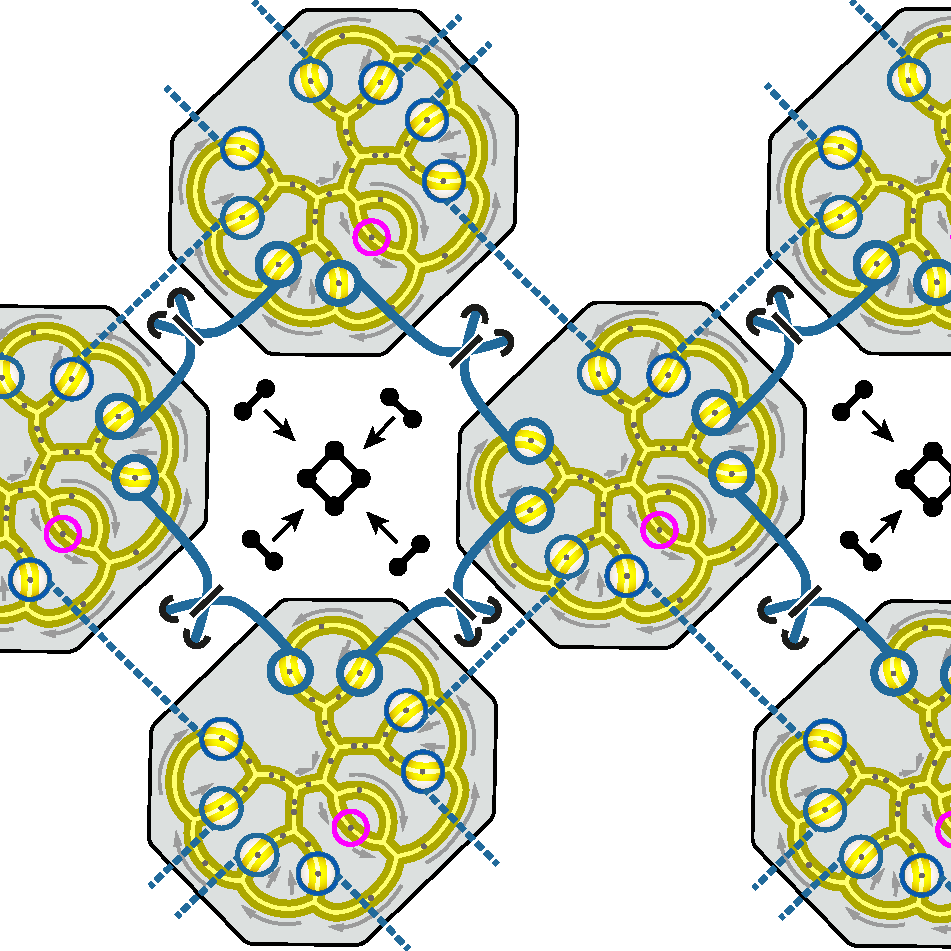 The NQIT Hub’s hardware development effort is guided by detailed and continually updated plans for the system’s architecture. The Hub’s core proposition is that networking together quantum systems makes for a powerful and flexible information processing platform. Architectural theory and modeling must specify the performance requirements for the nodal devices, and should determine how best they can perform core operations such as entanglement purification.
The NQIT Hub’s hardware development effort is guided by detailed and continually updated plans for the system’s architecture. The Hub’s core proposition is that networking together quantum systems makes for a powerful and flexible information processing platform. Architectural theory and modeling must specify the performance requirements for the nodal devices, and should determine how best they can perform core operations such as entanglement purification.
Key tasks of work package 0 include: Development of 20:20 architecture including performance estimation and tolerancing, Coordination of engineering design of 20:20 demonstrator and Road mapping of development of Q20:20 technology.
Read more about our Architecture work.
Work Package 1 - Ion trap node engineering
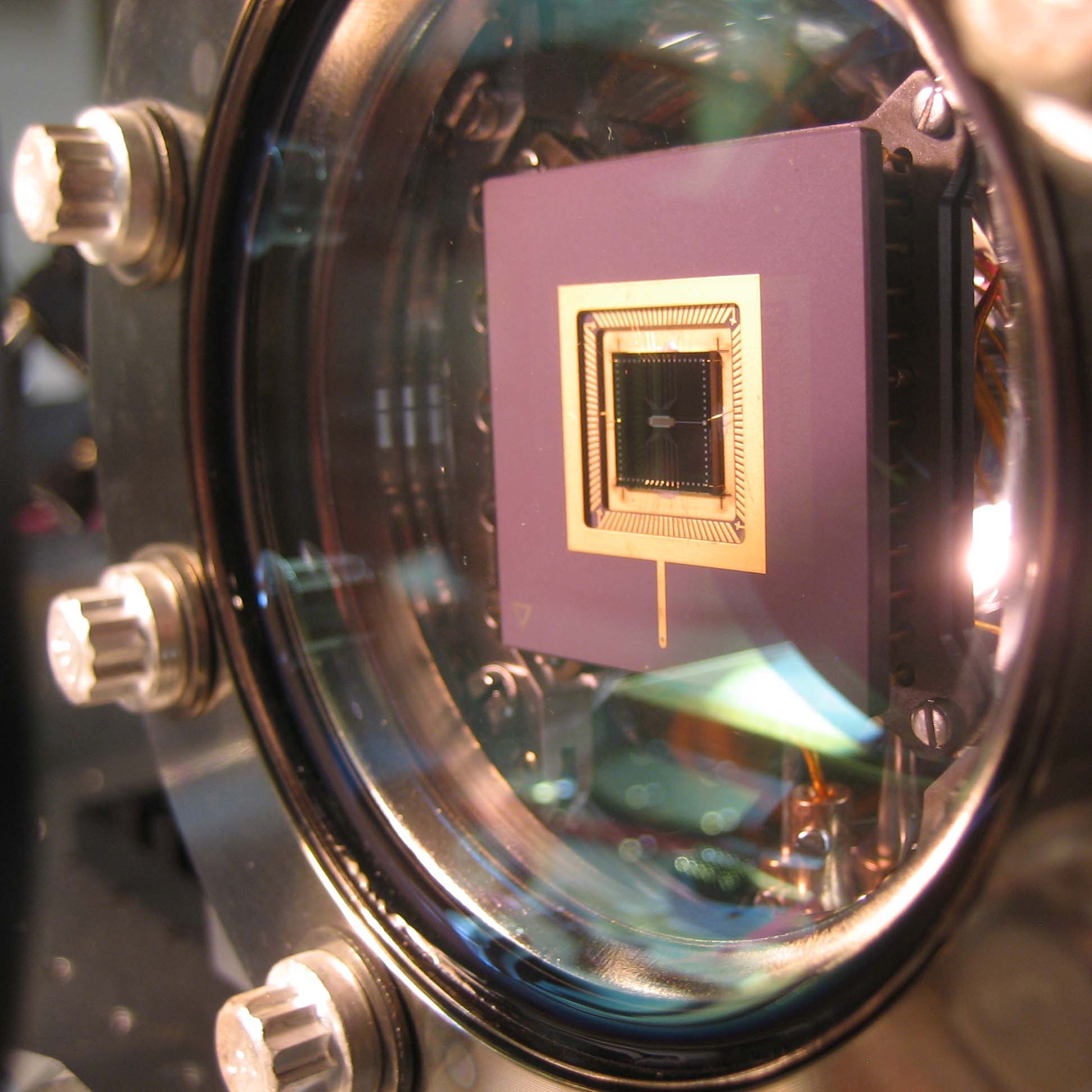 This work package is designing and constructing a new ion trap with high optical access which will be used for initial experiments in interfacing trapped-ion ‘memory’ qubits using photonic ‘communication’ qubits. This is the basic element of the Q20:20 network architecture.
This work package is designing and constructing a new ion trap with high optical access which will be used for initial experiments in interfacing trapped-ion ‘memory’ qubits using photonic ‘communication’ qubits. This is the basic element of the Q20:20 network architecture.
Key tasks of work package 1 include: Development of Ion-traps for Q20:20 goals, including single-ion traps, multi-ion traps and compact ion-trap suitable for Q20:20 demonstrator.
Read more about our Ion Trap work.
Work Package 2 - Atom-photon interfaces
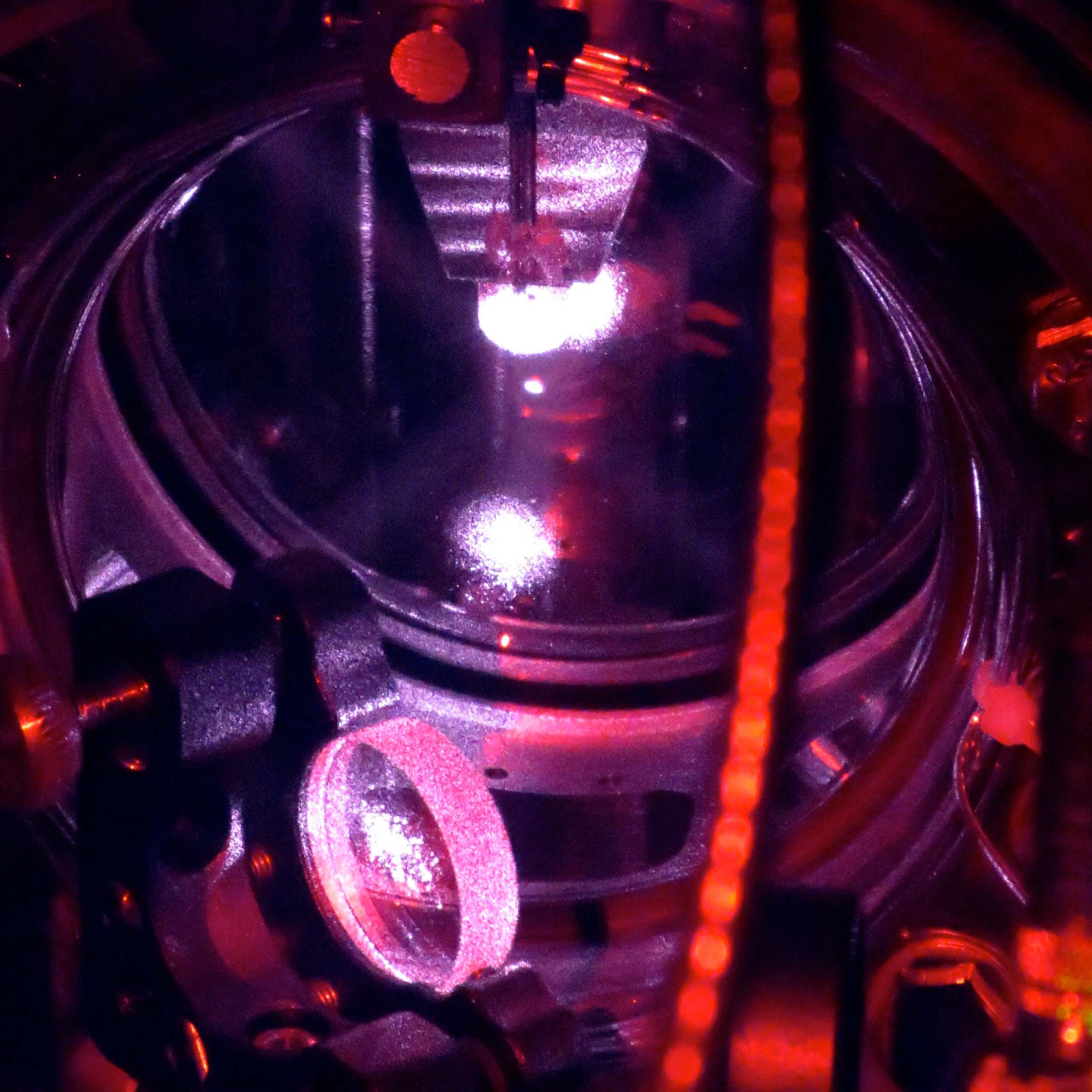
The major aim of NQIT is to create a powerful quantum computing device by interconnecting many simple quantum processors that we have already demonstrated in our laboratories. To do this we need reliable interfaces at the single-quantum level to establish such a connected network. To do this, we harness the emission of light from non-moving quantum bits stored in single atoms.
Key tasks for work package 2 include: Atom-cavity coupled sources, Ion-cavity coupling demonstration, Integrated ion-cavity coupling with ion trap.
Read more about our Atom-Photon Interfaces work.
Work Package 3 - Photonic network engineering
.jpg) Photonics is another way of saying “optical wiring” and in NQIT we are developing the optics to wire-up individual atoms, by collecting photons, particles of light, which they emit and using measurements to build a quantum connection between the atoms, known as entanglement. In parallel, we are also developing devices to enable quantum technologies based on light.
Photonics is another way of saying “optical wiring” and in NQIT we are developing the optics to wire-up individual atoms, by collecting photons, particles of light, which they emit and using measurements to build a quantum connection between the atoms, known as entanglement. In parallel, we are also developing devices to enable quantum technologies based on light.
In this work package we will develop low-loss integrated optical switches for routing the photons emitted from the quantum network nodes developed in WPs 1 and 4. We are also developing a suite of tools for wide-area quantum networks, such as photon sources, multiplexed quantum key distribution, certified quantum random number generators, unit-efficiency photo-detectors, wavelength conversion and modular waveguide chips.
Read more about our Photonics work.
Work Package 4 - Solid state node engineering
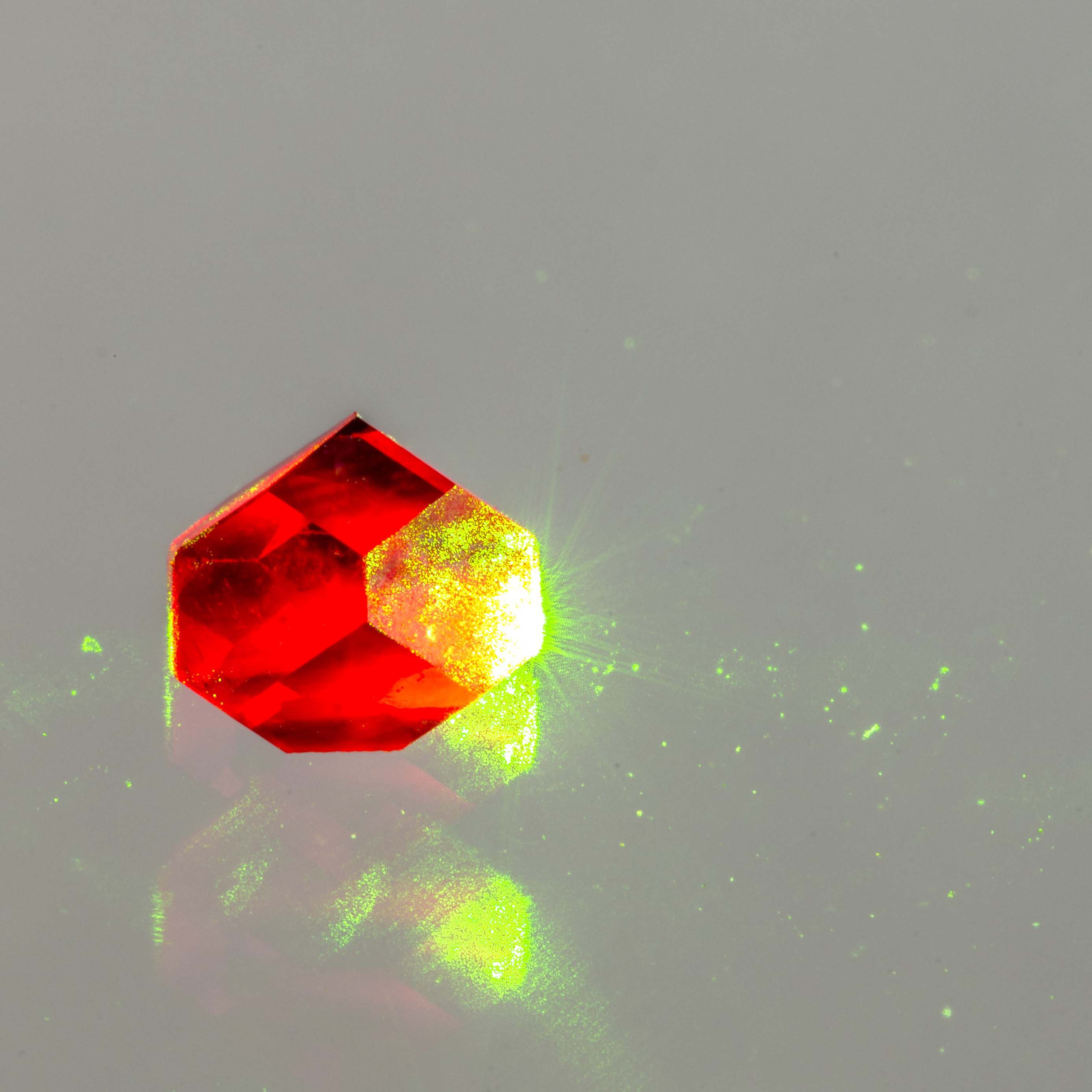 This work package covers solid state alternatives to the ion trap nodes at the core of the NQIT approach, which may offer different functionality in a quantum network and possibly alternative routes to a scalable processor.
This work package covers solid state alternatives to the ion trap nodes at the core of the NQIT approach, which may offer different functionality in a quantum network and possibly alternative routes to a scalable processor.
Key tasks of work package 4 include: Develop alternative Qubit nodes using Diamond colour centres, Develop integrated-cavity based colour centre nodes, Develop diamond based quantum sensors, Develop alternative nodes based on superconducting technologies.
Read more about our Solid State Node Engineering work.
Work Package 5 - Secure Network Applications

The work package on Secure communications and verification has been extended to include secure computation which was formerly part of the work package on hybrid quantum/classical computing. The resulting work package is now entitled Secure Network Applications.
This work package is concerned with secure communications and computation over networks, and protecting against potentially malicious parties. Tasks of this flavour include quantum key distribution for communication that is secure against any eavesdropper; blind quantum computing, where a client contracts a server to perform some quantum computation for them, without allowing them to learn the desired computation, or the input; other functions useful for cryptography, such as efficient and certifiable quantum random number generation, numbers that by their very nature can never be predicted.
Key tasks of work package 5 include: to develop schemes for device independent QKD and to develop verification techniques for the Q20:20 demonstrator.
Read more about our Secure Network Applications work.
Work Package 6 - Networked quantum sensors
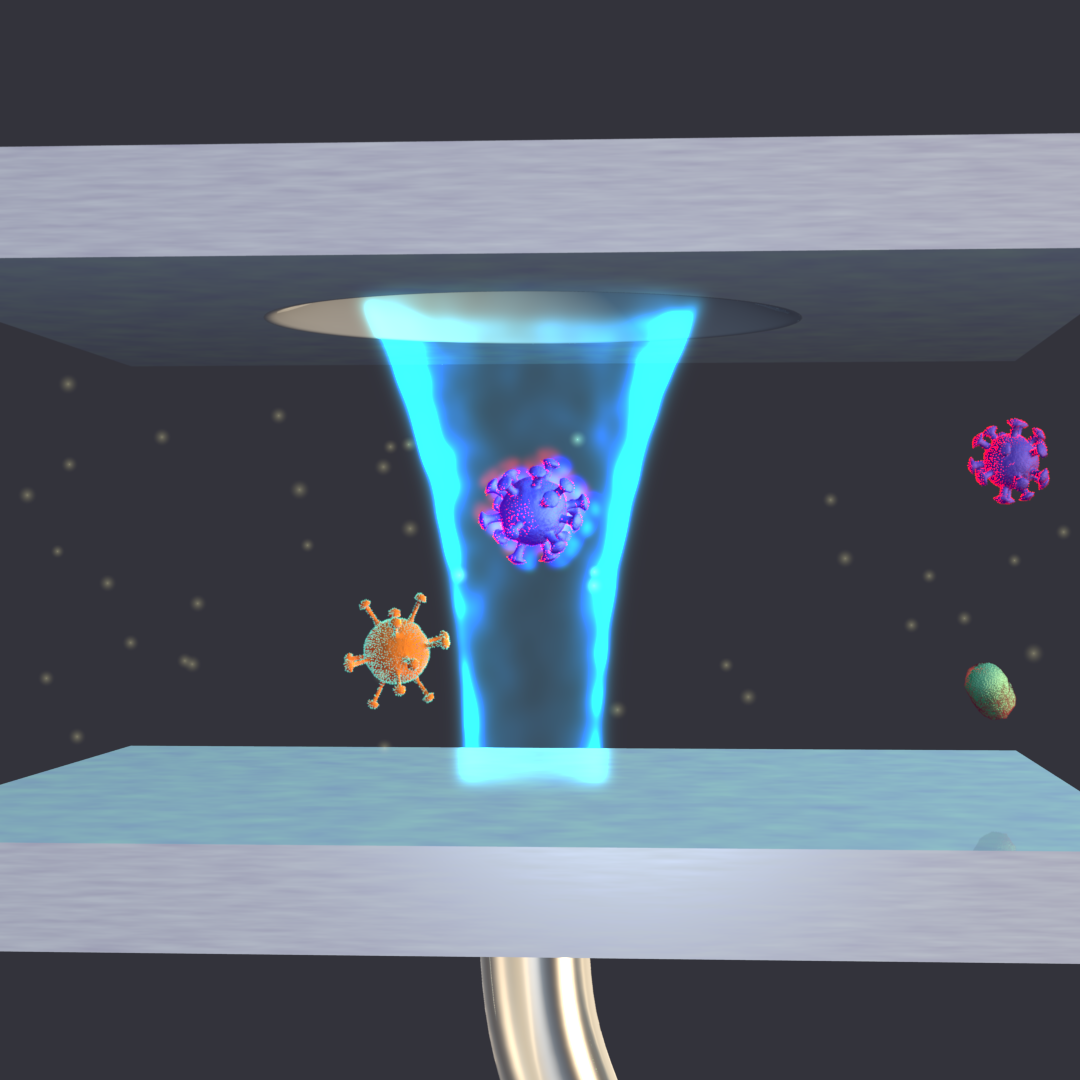 Classical networks abound in the present age, and a sustainable future for quantum sensors will lie in our ability to embed them in classical sensor networks. NQIT is amalgamating expertise in classical network theory and multi-parameter quantum sensing from Warwick, Sussex and Oxford to establish formalisms to make this possible.
Classical networks abound in the present age, and a sustainable future for quantum sensors will lie in our ability to embed them in classical sensor networks. NQIT is amalgamating expertise in classical network theory and multi-parameter quantum sensing from Warwick, Sussex and Oxford to establish formalisms to make this possible.
This work package will propose ideas for experimental implementation and industrial exploitation. To that end, it works closely with the hardware work packages on physical systems such as photonics, trapped ions, and solid state qubits like vacancy centres in diamond.
Read more about our Networked Quantum Sensors work.
Work Package 7 - Quantum Enabled Discovery
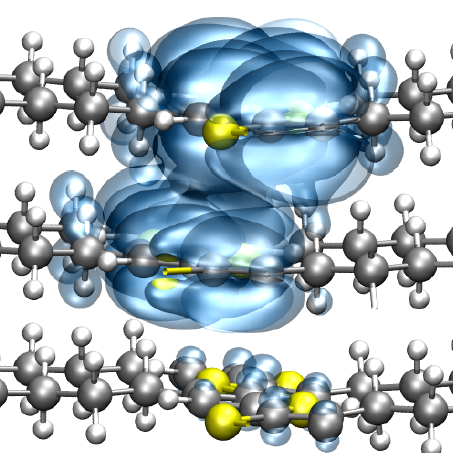
The work package on Quantum digital simulation is now called Quantum Enabled Discovery and continues its work on investigating how scalable quantum devices can be developed to help solve physics and materials problems.
We have been studying how next generation scalable quantum devices could be used to perform computations that solve specific physics and materials problems. Our work concentrates on augmenting highly successful “Dynamical Mean Field Theory” (DMFT) methods which are widely used for investigating strongly correlated electron systems, and designing quantum materials with novel functionalities.
Read more about our Quantum Enabled Discovery work.
Work Package 8 - Quantum/Classical Emulation and Interfacing
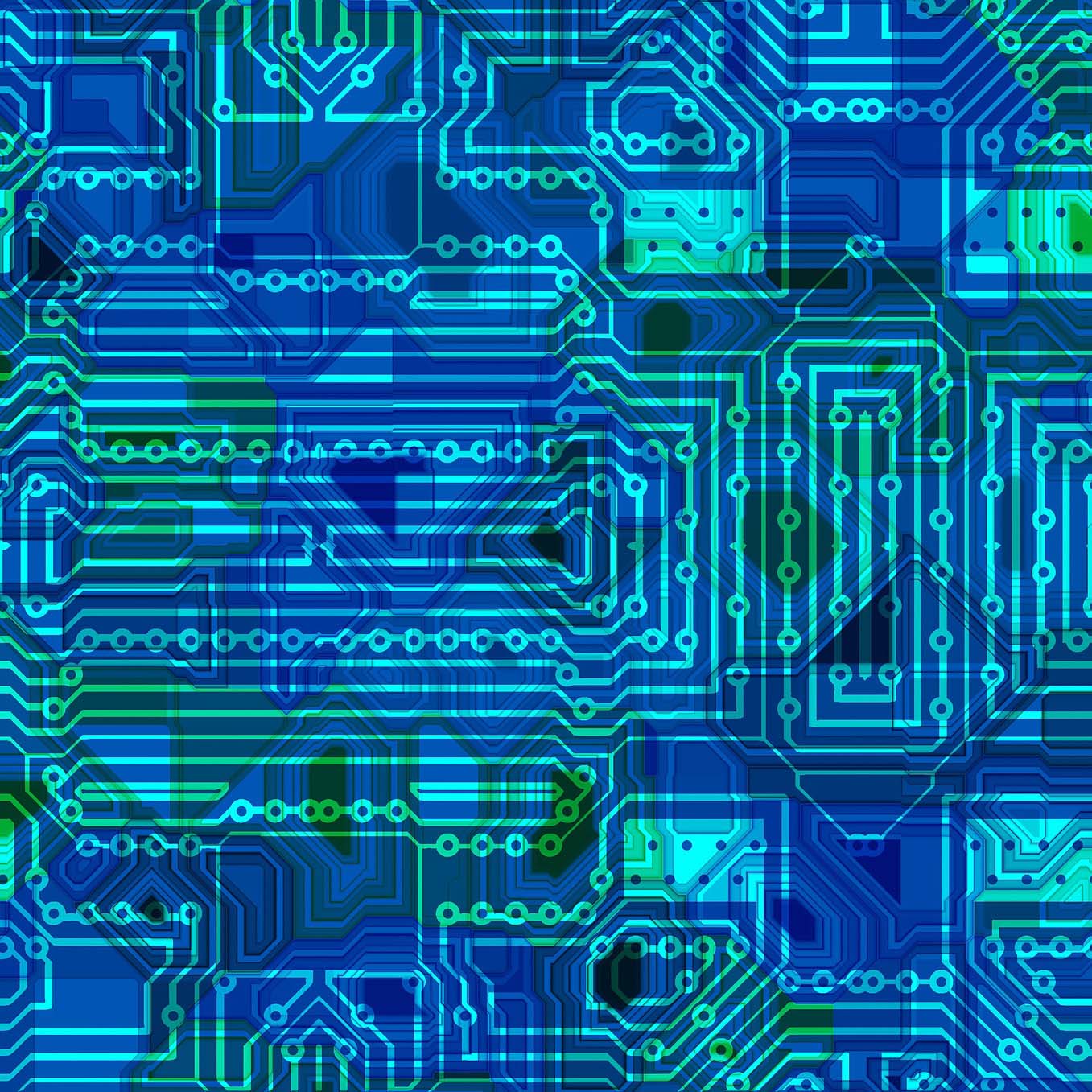
The work package on Hybrid quantum/classical computing has been revised to focus more on the deliverables concerning software tools for quantum software development, including a new objective: development of a quantum computer software emulator. It is now called Quantum/Classical Emulation and Interfacing.
This research area focuses on mathematical and software tools to allow end users to effectively determine and predict the capabilities of the NQIT architecture, and eventually form a programming interface for the NQIT machine.
Read more about our Quantum/Classical Emulation and Interfacing work.
Work Package 9 - Capabilities and support
 Work Package 9 is concerned with development of the control systems for the ion-trap system, single photon avalanche detector development and the development of a laser-based waveguide writing facility. We have focused on the development of specifications and an architecture for the demonstrator ion-trap control system.
Work Package 9 is concerned with development of the control systems for the ion-trap system, single photon avalanche detector development and the development of a laser-based waveguide writing facility. We have focused on the development of specifications and an architecture for the demonstrator ion-trap control system.
The key tasks in this work package are to develop a wave guide writing facility, to develop single photon detectors, and develop the Q20:20 control system.
Read more about our Capabilities and Support work.
Work Package 10 - Quantum Optimisation and Machine Learning
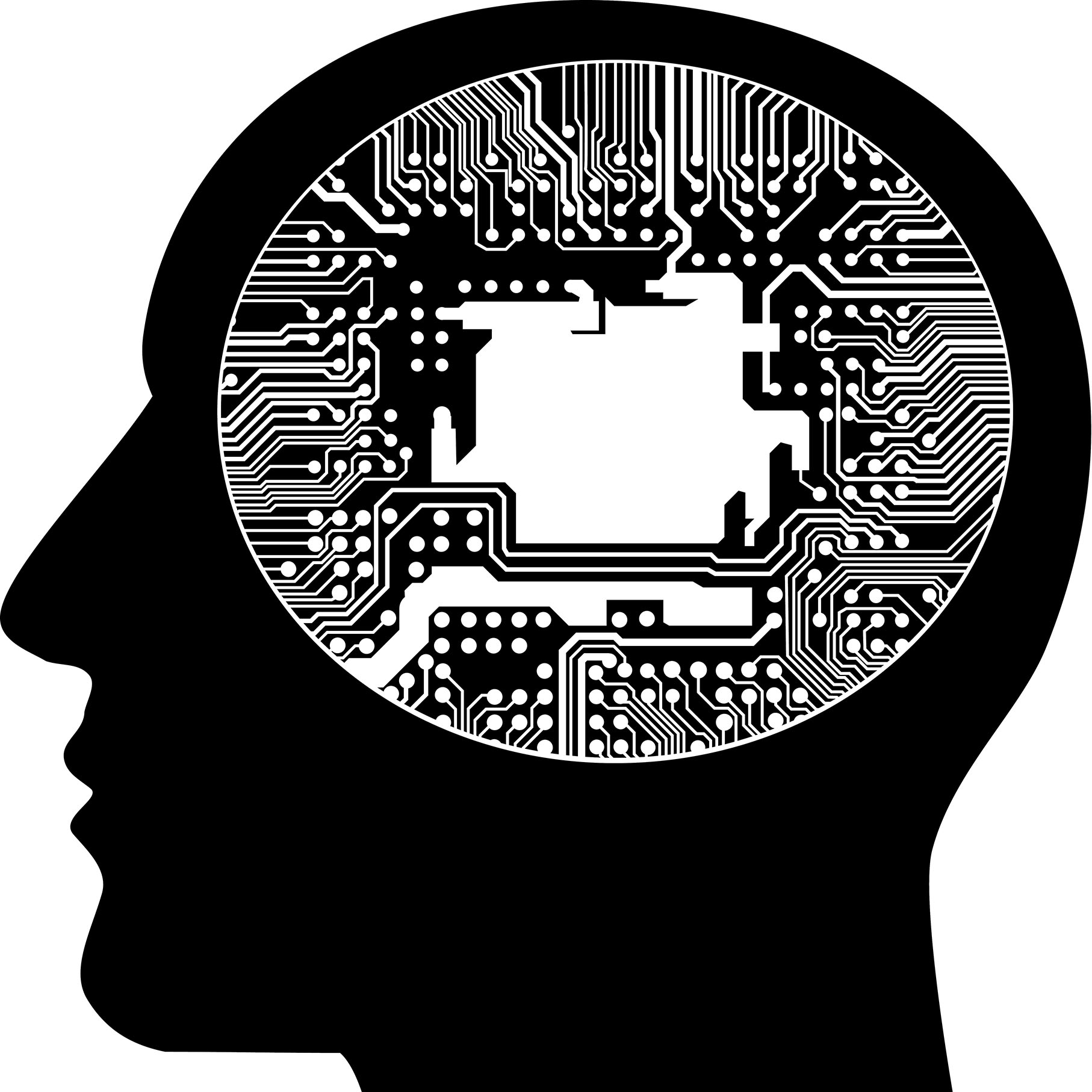 Optimisation problems occur frequently in real-world settings, for example in logistics where the most efficient route between locations needs to be found, and these are a likely application of quantum computing technology. NQIT is expanding to incorporate the solution of optimisation problems, to better position us as a source of information for practical applications of quantum information technology, and a trusted authority on quantum technologies in general.
Optimisation problems occur frequently in real-world settings, for example in logistics where the most efficient route between locations needs to be found, and these are a likely application of quantum computing technology. NQIT is expanding to incorporate the solution of optimisation problems, to better position us as a source of information for practical applications of quantum information technology, and a trusted authority on quantum technologies in general.
Machine learning is one example of an approach to solving optimisation problems, which recent developments suggest can benefit from the use of quantum technology. To better investigate quantum applications to machine learning, we have recuited an expert in classical machine learning who will lead a new work package on Quantum Optimisation and Machine Learning, providing the background and expertise necessary to clarify the objectives that quantum technologies should target in machine learning, with others providing the required expertise in quantum technologies.
Read more about our Quantum Optimisation and Machine Learning work.
Responsible Research & Innovation
 NQIT has responded to the risks and uncertainties of quantum computing by committing to a programme of Responsible Research and Innovation (RRI). The quantum technologies developed through NQIT will have the potential to change our world profoundly. These changes may be hard to predict, as emerging technologies combine with existing technologies and markets in unexpected ways to lead to new possibilities in economics, society and culture. Responsible Research and Innovation draws in a wide range of stakeholders throughout the research and innovation process, to promote science and innovation that is socially desirable and in the public interest. A key task will be to explore how this relates to quantum computing and related technologies.
NQIT has responded to the risks and uncertainties of quantum computing by committing to a programme of Responsible Research and Innovation (RRI). The quantum technologies developed through NQIT will have the potential to change our world profoundly. These changes may be hard to predict, as emerging technologies combine with existing technologies and markets in unexpected ways to lead to new possibilities in economics, society and culture. Responsible Research and Innovation draws in a wide range of stakeholders throughout the research and innovation process, to promote science and innovation that is socially desirable and in the public interest. A key task will be to explore how this relates to quantum computing and related technologies.
Read more about our Responsible Research and Innovation work.